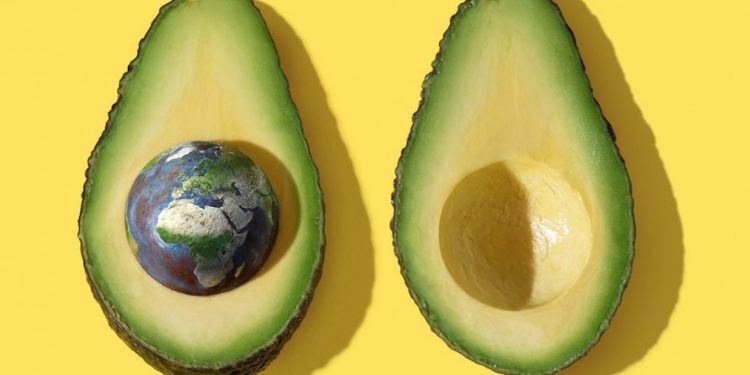According to The Telegraph newspaper, it’s estimated that 34 per cent of the world’s man-made greenhouse-gas emissions are linked in some way to the food we eat.
“It’s astonishing that there is not massive discussion on this,” says Timothy Lang, emeritus professor of food policy at London’s City University.
“It was barely even discussed at COP26. That’s not to say coal and deforestation aren’t important, but what drives deforestation is food production and if we want to have any chance of meeting net-zero targets by 2050, it’s an issue we need to address.”
The climate-friendliness of a food can be determined by analysing a huge range of factors, such as how much power is used in making or storing it, and how much water is used growing a crop or, in the case of meat, cleaning a factory or farm.
To streamline things further, an organisation called Foundation Earth is currently trialling a carbon trabc-light system on foods, like the one used for sugar and saturated fat, while Unilever suggests we might soon see carbon- neutral aisles in supermarkets, similar to the free-from ones we have now.
Even the canapés at your next conference might get a green makeover as more corporations focus on their carbon prodle. “Our clients are asking for more transparency and so we’re starting to work with a company called Foodsteps to analyse our recipes and actually provide a carbon score on the menu,” says Holly Congdon from luxury events company Lettice.
If your motivation slips, consider this: going climatarian might even see you drop a few pounds. “Much of planet-friendly eating also renects healthy eating behaviour,” says Professor Lang.
“It’s been suggested that if we just followed healthy eating guidelines like cutting back on red meat, particularly processed meals, and reducing sugars and fats, greenhouse-gas emissions would go down – along with the cost to public health.”























